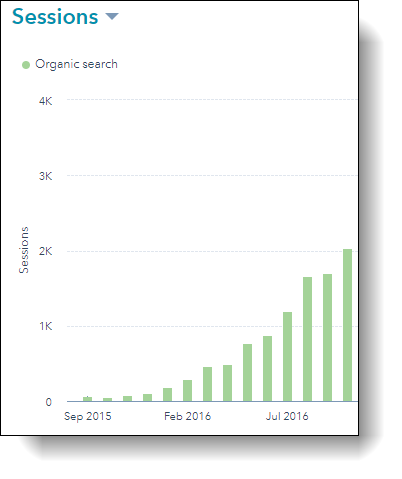 Photo from Unsplash
Photo from Unsplash
Originally Posted On: https://smithdigital.io/blog/inbound-marketing-examples
At its core Inbound marketing is all about creating valuable content and attracting customers through it. It can be a highly effective way to reach your target audience and generate more leads and sales. In this blog post, we will take a look at 10 Inbound Marketing examples & tactics and show you some actual results our clients have experienced using these strategies to scale their businesses. Hopefully these inbound marketing examples will give you some inspiration to kick off your own inbound marketing strategy in 2023. So let’s get started!
Before jumping into the case studies below let’s briefly go over what Inbound Marketing is, it’s benefits and the go over 10 examples of Inbound Marketing.
What Is Inbound Marketing?
Inbound marketing is a strategy that focuses on creating and sharing digital content that attracts (pull) potential customers to your business instead of proactively marketing (push) to them. This can be done through blogs, social media, email newsletters, and other channels. When done correctly, inbound marketing can help you build a predictable and repeatable flow of traffic, leads and customers leading to greater business value.
The benefits of inbound marketing
Inbound marketing provides an efficient and effective way to build a customer base, and can be a particularly valuable tool for driving down the cost of customer acquisition. Perhaps most importantly, inbound marketing can help companies to more accurately predict their future staffing needs by creating predictability in their lead flow and revenues. By knowing how many leads they need to generate in order to hit their sales goals, companies can ensure that they have the necessary staff on hand to close the deals. Inbound marketing is a critical piece of the puzzle when it comes to running a professional services organization.
10 Inbound Marketing examples you should start using in 2023
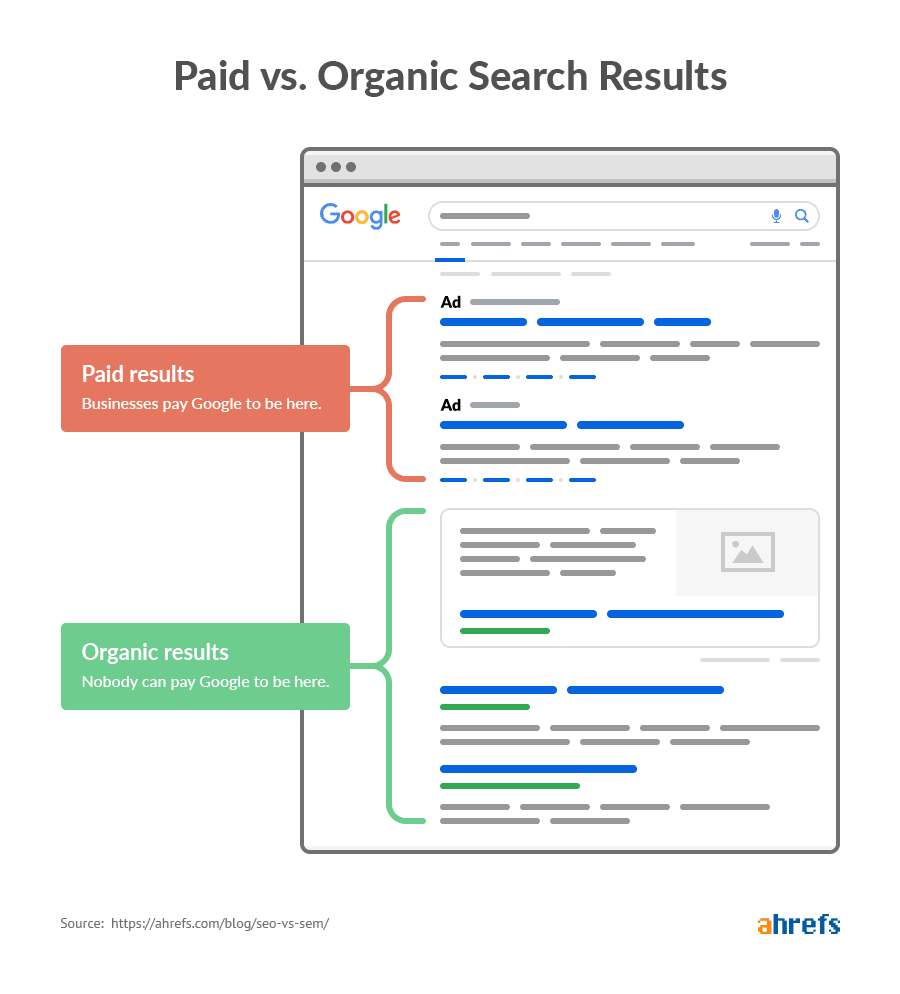 1. SEO – Or search engine optimization, is the process of improving the organic visibility of a website in search engine results pages (SERPs). In other words, it is the process of making sure that your site appears as high up as possible in the organic results section returned by a search engine when someone enters a relevant query. There are various factors that can affect your ranking in SERPs, and SEO is a way of trying to influence those factors in order to improve your ranking. The main goal of SEO is to drive more traffic to your site; however, it can also be used to improve other aspects of your online presence, such as increasing the number of visitors who convert into customers or subscribers.
1. SEO – Or search engine optimization, is the process of improving the organic visibility of a website in search engine results pages (SERPs). In other words, it is the process of making sure that your site appears as high up as possible in the organic results section returned by a search engine when someone enters a relevant query. There are various factors that can affect your ranking in SERPs, and SEO is a way of trying to influence those factors in order to improve your ranking. The main goal of SEO is to drive more traffic to your site; however, it can also be used to improve other aspects of your online presence, such as increasing the number of visitors who convert into customers or subscribers.
There are two main types of SEO: on-page SEO and off-page SEO. On-page SEO refers to all the measures you can take on your own website in order to improve your SERP ranking. This includes things like optimizing your titles and meta descriptions, making sure your content is well-written and informative, and ensuring that your website is easy to navigate. Off-page SEO, on the other hand, refers to all the measures you can take outside of your website to improve your SERP ranking. This includes things like building links from high-quality websites, creating social media accounts and sharing interesting content, and writing guest posts on other blogs.
Both on-page and off-page SEO are important for anyone who wants to improve their ranking in SERPs. However, it is important to remember that SEO is not an exact science, and there is no guaranteed way to achieve a top ranking. Moreover, rankings can change over time, so it is important to keep up with the latest trends and algorithm changes if you want to maintain a high position in SERPs.
2. PPC Advertising – PPC, or pay-per-click, advertising is a type of online marketing in which businesses pays a fee each time one of their ads is clicked. PPC can be an effective way to drive traffic to a website, and it offers several advantages over other marketing strategies, such as SEO. For one, PPC is much faster than SEO, and it can produce results almost immediately. Additionally, PPC allows businesses to target their ads to specific demographics, making it an efficient way to reach potential customers in your local market.
PPC advertising can be an highly effective way to reach a target audience, but it also has some potential drawbacks. One of the biggest concerns is that clicks can be expensive, and businesses may not see a return on their investment if they do not properly fund their ads budget. It’s not uncommon to see business leaders turn off a paid ads program because they don’t see results right away.
Additionally, PPC ads don’t convert nearly as well as organic results. Most studies show PPC accounts for roughly 10-15% of clicks whereas organic clicks account for upwards of 80% depending upon the search query. And finally, PPC platforms can be complex to use, making it difficult for businesses to get the most out of their campaigns without enlisting the help of an expert. While PPC advertising has its challenges, it can still be a valuable tool in a business’s marketing arsenal.
 3. Blogging – One benefit of blogging is that it’s an easy way to add fresh content to your website. Search engines love websites that are regularly updated with new content because it shows that the site is active and relevant. When you add a new blog to your website, you’re giving search engines more reasons to index your pages more frequently. And when your pages get indexed more frequently, that means better search engine ranking for your website as a whole. In addition to improving your search engine ranking, blogging also provides an opportunity for lead generation.
3. Blogging – One benefit of blogging is that it’s an easy way to add fresh content to your website. Search engines love websites that are regularly updated with new content because it shows that the site is active and relevant. When you add a new blog to your website, you’re giving search engines more reasons to index your pages more frequently. And when your pages get indexed more frequently, that means better search engine ranking for your website as a whole. In addition to improving your search engine ranking, blogging also provides an opportunity for lead generation.
By writing informative articles that provide value to your target audience, you can attract visitors to your website who may not have been exposed to your brand otherwise. These visitors can then be converted into leads by providing them with an offer they can’t resist (like a free download or e-book) in exchange for their contact information. So don’t underestimate the power of blogging – it’s like the swiss army tool of inbound marketing success.
4. Content Marketing – In order to attract strangers and turn them into leads and customers, you need to provide them with valuable content that educates and informs them about your product or service. This could include blog posts, eBooks, infographics, webinars, etc.
 5. Infographics – Infographics are visual representations of information, data, or knowledge packaged up in a way that’s easily digestible and visually appealing.
5. Infographics – Infographics are visual representations of information, data, or knowledge packaged up in a way that’s easily digestible and visually appealing.
They are designed to present complex information quickly and clearly. infographics can be used to promote or explain a product, service, or brand. They can also be used to increase website traffic, social media engagement, and lead generation.
In addition to being visually appealing, infographics are also easy to share and can help increase your website’s search engine optimization (SEO). When done properly, infographics can be a powerful tool to fuel your content marketing engine for lead generation.
6. eBooks – As the popularity of digital reading continues to grow, more and more businesses are turning to eBooks as a way to reach their target audiences. An eBook is a digital book that can be downloaded and read on a variety of devices, including computers, laptops, smartphones, and tablets. eBooks offer a number of advantages over traditional printed books, including the ability to be read anywhere at any time, the ability to be updated with new information, and the ability to include interactive elements such as audio and video.
For businesses, eBooks can be an effective content marketing tool. They can be used to promote a company’s products or services, generate leads, or build brand awareness. eBooks can also be optimized for search engine optimization (SEO), making them easier for potential customers to find online.
7. Whitepaper – A white paper is a type of content marketing that provides an in-depth analysis of a problem and possible solutions. White papers are usually used to promote complex products or services and tend to be more educational in nature. Because they are usually more comprehensive than other types of content, white papers can help you establish yourself as an expert in your field. Additionally, white papers can be a valuable resource to support the sales efforts of your account exec’s during a sales cycles. Having these resources readily available can help prospects decide between your products/services and that of a competitor.
8. Social Media Marketing – Social media marketing is the process of leveraging social media platforms to promote and market a product or service. This can be done through paid social media advertising, creating social media content, or engaging with social media users. Social media marketing can be an effective way to build brand awareness, generate leads, or boost sales especially within the B2C space. When done well, social media marketing can help to amplify your product or service offering, reach new audiences, and build customer loyalty.
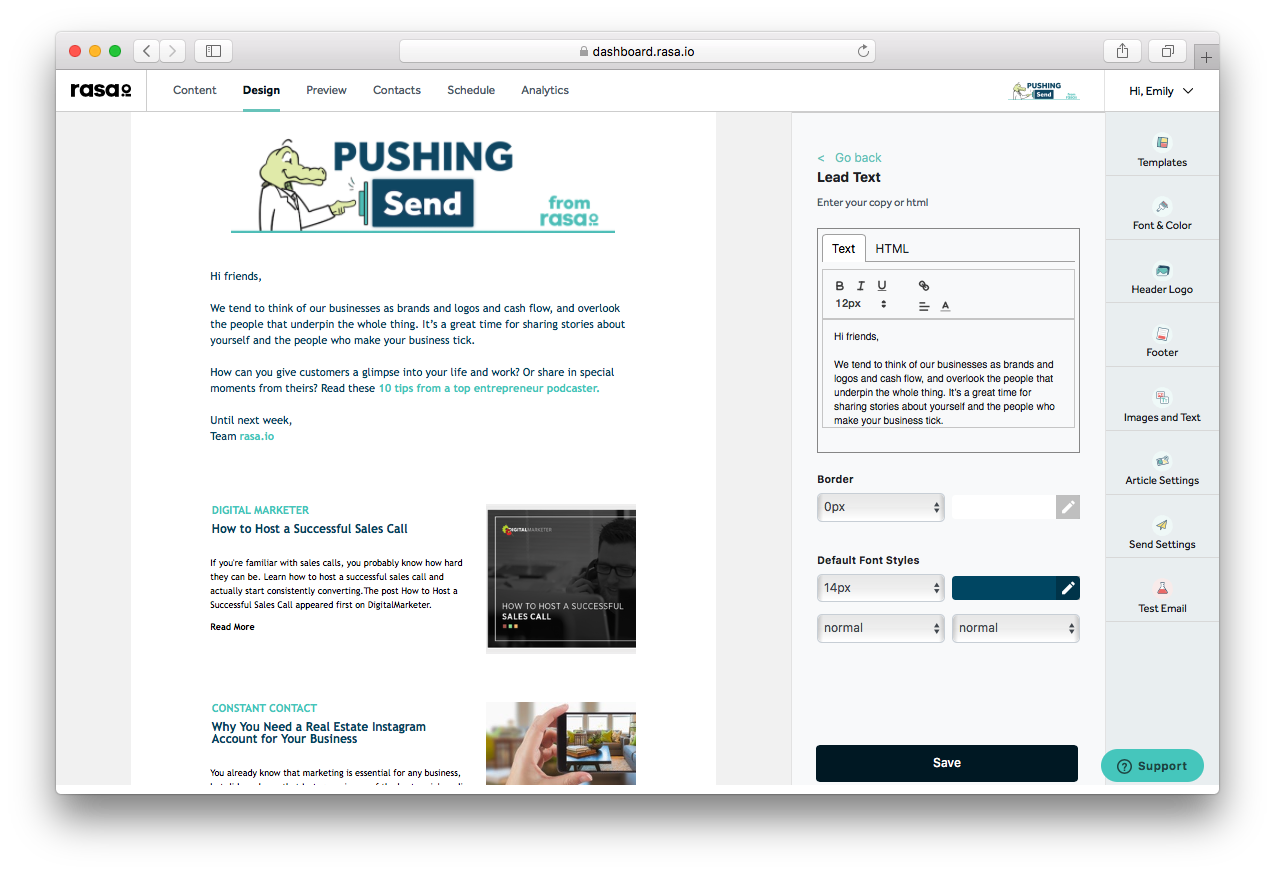 9. Newsletter Marketing – Newsletter marketing is similar to email marketing but it involves sending out a newsletter to customers or prospects on a regular basis instead of a templated email. Newsletters can be used to promote new products or services, offer special discounts, or simply keep customers up-to-date on what is happening with your industry.
9. Newsletter Marketing – Newsletter marketing is similar to email marketing but it involves sending out a newsletter to customers or prospects on a regular basis instead of a templated email. Newsletters can be used to promote new products or services, offer special discounts, or simply keep customers up-to-date on what is happening with your industry.
One of the main benefits of newsletter marketing is that it helps to reinforce your brand. By regularly sending out newsletters, you can remind customers about your products or services and keep your business top-of-mind.
One newsletter tool we’ve been having a great experience with is called Rasa.io. Rasa.io is an AI-powered newsletter platform that helps ensure more newsletter clicks and engagement. Rasa.io helps you create engaging, personalized newsletters that are sent to your subscribers at the right time. Rasa.io also provides real-time analytics so you can see how your newsletter is performing and what readers are most interested in.
9. Conversion Rate Optimization (CRO) -Conversion rate optimization is the process of increasing the percentage of visitors to a website who take a desired action, such as filling out a form or engaging with a chatbot on your website. The benefits of conversion rate optimization are numerous, but perhaps most importantly, it can help you maximize your lead generation efforts by getting the most leads from organic traffic sessions. By increasing the conversion rate of your website, you can significantly increase the number of leads that you generate from organic search traffic. In addition to generating more leads, conversion rate optimization can also help you improve your ROI from paid advertising campaigns by ensuring that a higher percentage of your ad spend is converted into actual leads.
10. Guest Posting – Guest posting is a process whereby you write an article for another blog in your industry with the aim of driving traffic back to your own site. This is usually done by including a link back to your website in the guest post. Guest posting has a number of benefits when it comes to driving backlinks to your site. Firstly, guest posts tend to be of high quality and well-researched, which means that they are more likely to be read and shared by other users. This in turn will lead to more people clicking on the link back to your site. Secondly, guest posting on reputable sites will increase your own domain authority, as Google takes into account the quality of links when determining rank. This makes it easier for you to rank highly in SERPs. The downside to guest posting is that if you don’t have experience doing it, it can be incredibly time consuming and for it to be effective you need to be able to do it consistently to get good results.
How to measure the success of your inbound marketing program
Inbound marketing is a data-driven approach to marketing that focuses on attracting and engaging customers through quality content. But how do you know if your inbound marketing campaigns are actually successful? The answer lies in measuring the right metrics.
There are three key metrics to focus on when measuring the success of your inbound marketing campaigns: website traffic, leads generated, and conversions. Website traffic is a good indicator of how well your content is performing and whether it is reaching your target audience. Leads generated tells you how effective your content is at converting readers into leads. And finally, conversions measures how many of those leads are eventually converted into customers. By tracking these three metrics, you can get a clear picture of your inbound marketing campaign’s performance and make necessary adjustments to improve results.
Just take a look at these real life examples below:
Inbound Marketing Success Story #1
(ERP) Enterprise Software Industry
Prior State: This ERP software client had zero organic search results when we first engaged with them. To be fair, they were a new company with a new website and had very little domain authority/history. Furthermore they didn’t have a good sense for which inbound marketing tools to deploy their marketing strategy with.
SmithDigital Solution: We set them up on HubSpot’s CMS, Marketing & Sales Hub Professional and started producing targeted digital content with an emphasis on bottom of the funnel, long-tail keywords we felt matched buyer personas that were late in the buying cycle. For example, we produced content that was targeting Google queries related to product cost/pricing, vs competitors, free trials and more. In parallel we deployed some guest posting campaigns to help drive domain authority and site traffic in an attempt to help propel organic Google rankings.
End Result: Fast forward 12 months and this was the growth in organic traffic our team was able to produce. YES – That’s right, their organic traffic went from less than ~50 visits per month to over 2,000+ per month in just 12 months without spending a single dollar on paid advertising. The majority of this traffic were all late stage buyers looking to make a buying decision within about 90 days.
This surge in inbound marketing traffic netted them $4 million in sales during their first 12 months of the program.
Inbound Marketing Success Story #2
B2B Professional Services Industry
Prior State: Before onboarding them as a new client these guys developed content in-house and leveraged an outsourced SEO agency to help with on-page optimization but they weren’t very happy with the results they were getting. With this approach they were generating about ~500 organic visitors per month but saw very few leads on a consistent basis and the one’s that did convert ended up not being a good fit for the clients offering.
SmithDigital Solution: We recommended that the client replatform their CMS from WordPress to HubSpot and reconsider their content strategy. We helped them identify the Google keywords/phrases they should be targeting and completely revamped their editorial calendar and also updated all their static forms with interactive forms and chat bots. In addition we also proposed a guest posting strategy to help increase their domain and page authority.
End Result: Within about ~24 months their organic traffic was well over 5,000+ visitors per month resulting in hundreds of leads per month and generated an eight-figure sales funnel.
This is the power of Inbound Marketing on traffic, conversations and revenue.
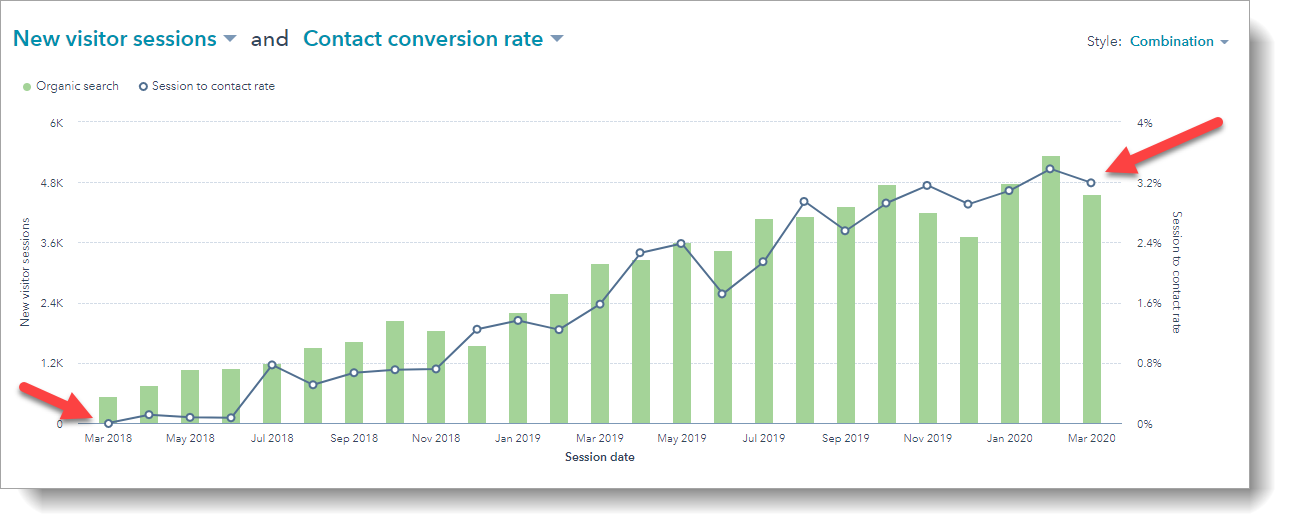
If you think that’s impressive, the same client’s Google search rankings, ranks #1 and #2 for the most competitive search terms in their industry. Including Google Snippets in most cases!
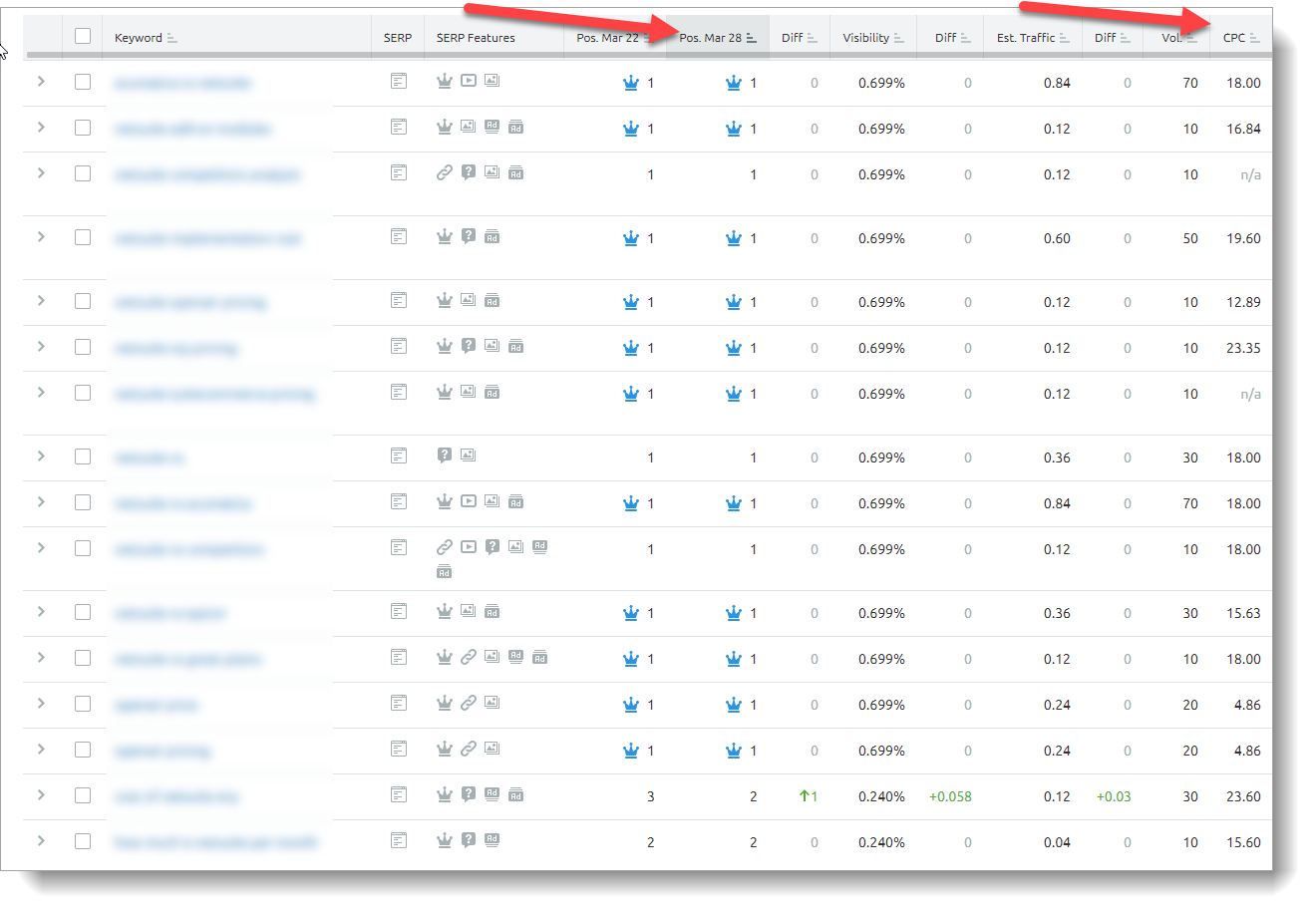
By the way, check out the “CPC” column amount above (top right column). If you’re not familiar with CPC it stand for “Cost per Click“. When you search something in Google, the results just above and below the organic rankings are Google Ads, the higher the placement the more expensive the bid for this digital real estate.
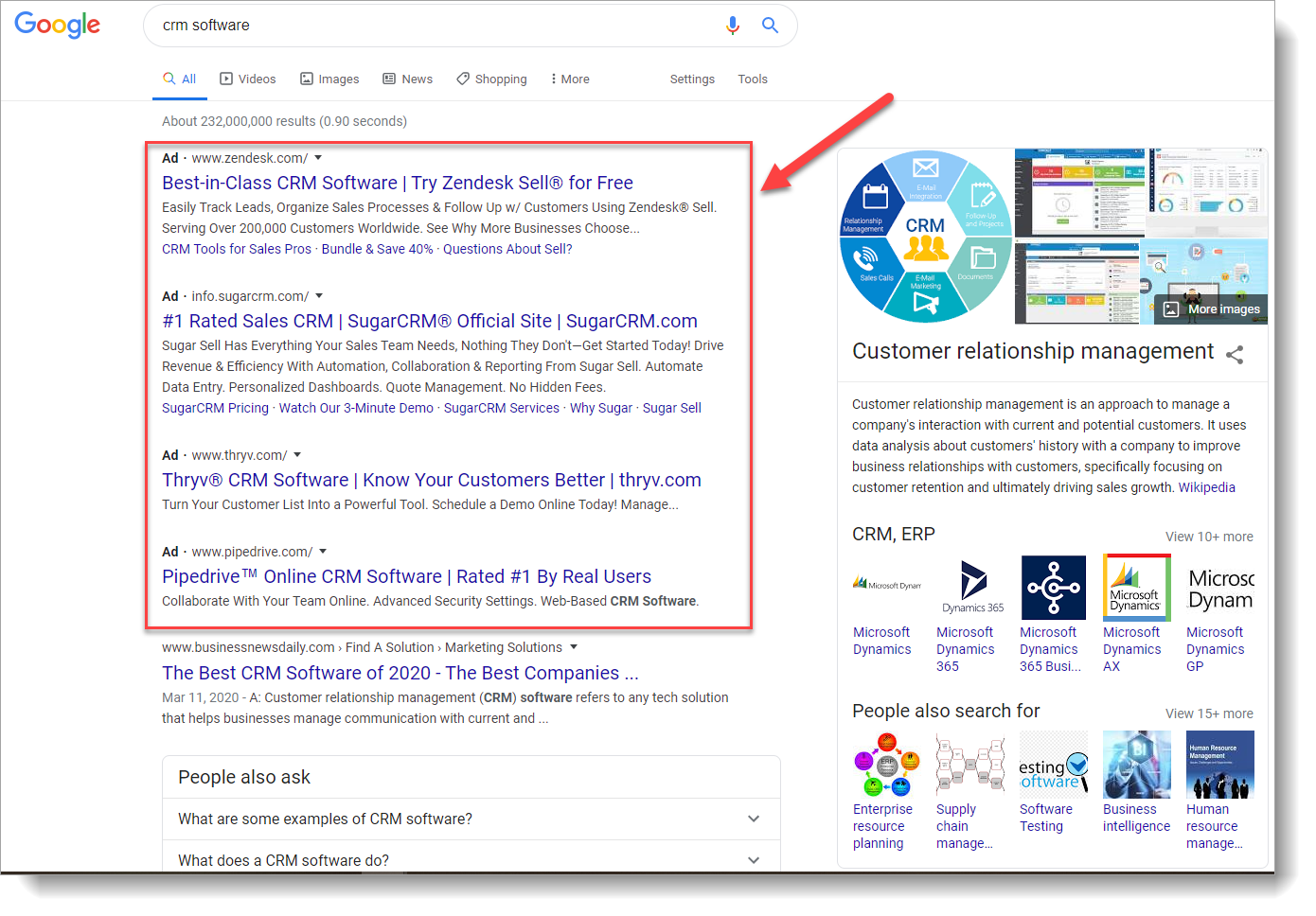
The CPC amount represents what companies are spending on average per click for the same keyword to be featured in the paid ads section. A quick calculation of click through ratios (CTR), multiplied by average search volume, multiplied by the average cost per click would indicate that competitors would need to spend over $20,000+ per month on Google AdWords for the same prime real estate on Google.
In theory this sounds great, however the latest reports suggest Google Ads capture only ~15% – 20% of the total traffic for a particular search query. Often times we see less than 10% of click through rates for Google Ads.
So, let me ask you. Would you rather pay $10, $20 or more for every single click?
Or build a repeatable, predictable and scalable Inbound Marking machine that pays dividends for years to come.
I’ll let you decide!
Inbound Marketing Success Story #3
Financial Management Software Industry
Traffic growth is important. But it’s not the only metric.
After all, an increase in traffic doesn’t do anything for you if you can’t convert & monetize the traffic, right?
Take a look at this screenshot.
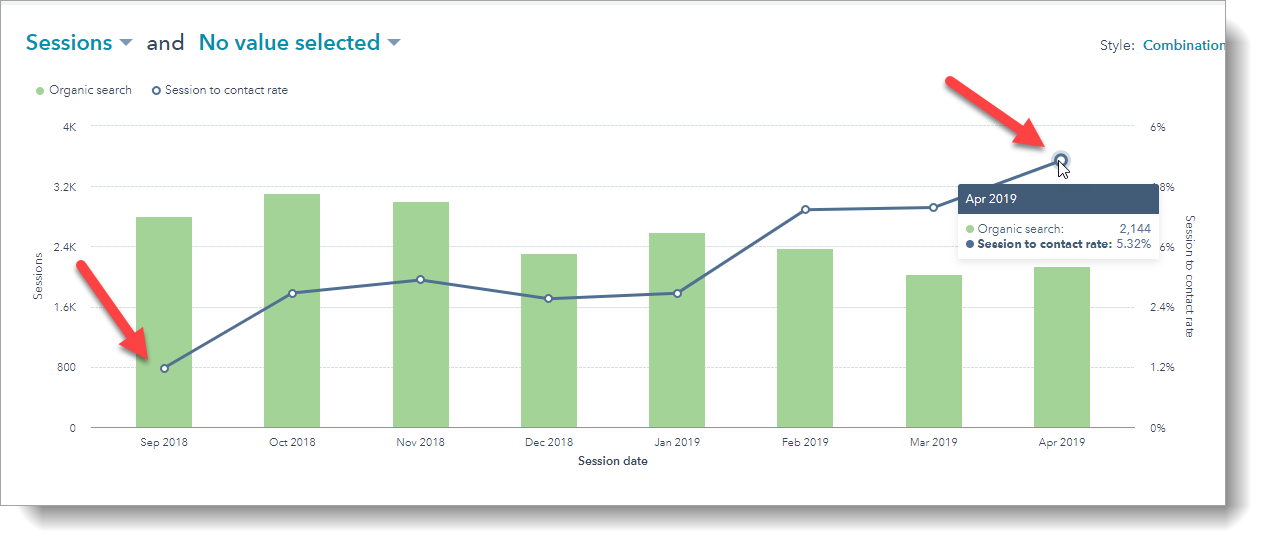
Prior State: This particular client had really solid organic traffic compared to their industry peers but had very low conversion rates (~1%) and knew they needed expert advice if they wanted to increase their leads and sales. They were an existing HubSpot customer so they didn’t need a change in their CMS or CRM.
SmithDigital Solution: After analyzing their domain, their competitors and keywords it was evident that they needed a website design refresh along with revamping their Calls-to-Action, replacing long static forms with interactive landing pages and chatbots. We proposed the client integrate Typeforms to their HubSpot instance and build out the chatbots with their existing HubSpot license.
End Result: In just 8 months we were able to increase their conversion rate from 1.18% to 5.32%. That’s a 350% INCREASE in conversion ratios in 8 months! (This number does not include chat conversations and inbound phone calls, strictly form submissions. If we were to factor in those it will be well over 7%)
These are just a snapshot of what we at SmithDigital see with our clients each and everyday leveraging inbound marketing strategies. If you put in the time and effort it can be an incredibly effective tool for building your business.
I suspect you are wondering…”will I get similar results?”
Inbound marketing is a great way to attract more customers to your business. When done correctly, inbound marketing can help you generate predictable leads and drive sales. If you’re not currently using inbound marketing, now might be the time to start. Contact us today for more information on how we can help get you started.

